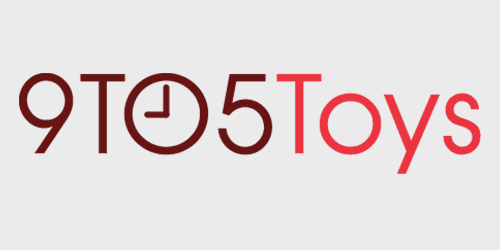
Today we are taking a closer look at the best podcast gear to start your soon-to-be media empire. While it can be tempting to just use the built-in microphone on your device, your listeners might not appreciate the sound quality as much as you do the convenience. Audio gear can be very expensive, so we will be going over the value proposition for various use case scenarios as well as some of the best microphones, audio interfaces and more to get you going. Everyone has different needs and budgets, so there are a number of factors to consider here.
The best podcast gear, like with any audio recording scenario, tends to be (is always) the most expensive. Really great microphones and interfaces cost thousands and, in most cases, that just isn’t realistic when it comes to getting your podcast off the ground. Using your budget wisely can allow you to establish yourself and see some returns before investing in pricier audio gear. You’re certainly going to need some kind of computer or a mobile device to record on, but beyond that, its all about your audio input path.
Microphones:
Outside of your personal acumen, charming wit and how popular you already are on Instagram, your microphone is the most important part of your podcasting setup. You could certainly get things going with that built-in mic on your Mac, but that’s only if you don’t mind sounding like your broadcasting from inside a cardboard box. Sounding professional can be the half the battle when you’re getting going and a great microphone can really make the difference. There are several factors when it comes to deciding what the best podcast microphones are for your needs, so let’s go over some options.
USB Mic:
If budget is a factor for you, then a USB microphone is the way to go. While personally I prefer the sound of a more traditional XLR mic, it is almost always going to cost you more. It also requires an audio interface and cables. When it comes to the best podcasting gear, especially as you’re first getting your fledging media empire off the ground, a USB microphone should be on the top of your list.
A USB option also simplifies the process quite significantly. There is some setup required in most cases with an interface and does require at least a little bit of audio knowledge to get it running. However, with most USB mics, you just take it out of the box and plug it in to your computer.
Whether it be a USB-laden Audio-Technica option or the insanely popular Blue Yeti options, we recommend staying in the middle of the price range here. In my personal experience, the pricey USB mics don’t tend to offer as much of a difference over middle-tier options and can cost as much as an XLR/interface setup in some cases. However, if you are looking to go the high-end USB route, Apogee’s MIC PLUS USB is a solid option that works with both your Mac and iOS devices. While you might get lucky, either way we certainly recommend sticking to the name brands when it comes to microphones.
Best Podcast Gear – USB Mics:
- Blue Snowball iCE $50
- Blue Yeti USB Mic $100+
- Audio-Technica AT2020USB+ $149
- Rode NT-USB $169
- Apogee MIC PLUS USB $259
XLR Mic:
If you’re going the audio interface route (more details on those below), than it is an XLR mic you’ll need. Essentially the same as the USB counterpart outside of the fact that you’ll be connecting via an XLR cable to an audio interface which then connects to your computer. Most professionals swear by this method and it is my personal choice as well.
Dynamic vs. Condenser
While there are other types, most XLR microphones are either of the dynamic or condenser flavor. To keep things simple here, in most cases you’ll want to go with condenser mic, although dynamic mics will get the job done fine. You might bump into issues with excessive background noise and things of that nature when it comes to dynamic options though. The distinction here is significantly more important when it comes to musical performers and the like.
As we mentioned above, this can get quite pricey, but you’ll find a few of our top picks in relatively affordable price ranges below. Just make sure that your audio interface can provide a XLR mic with phantom power (almost all of them do) if it is required.
Best Podcast Gear – XLR Mics:
- Audio-Technica AT2035 $149
- Audio-Technica AT4040 $299
- Rode NT1-A Bundle $229
- Shure SM7b Dynamic $399
Mic Accessories to Consider:
If the mic and interface are the most important part of your audio setup, then a pop filter is next in line. You’ll want to avoid explosive “P” and “B” sounds in your recordings as much as possible and a pop screen is a great way to do that. Focusing your mouth away from the center of the mic can help in this regard, but considering how affordable your average pop filter is, you might as well grab one. In some cases, the mice above will include this in the price of entry, but if not check out some of the options below. Just make sure you’ll be able to clamp it on to your mic stand or something along those lines. They start from around $8 Prime shipped on Amazon and should be on everyone’s list of the best podcast gear.
Speaking of which, a basic mic stand or even boom arm stand can be quite helpful as well. Again, you’ll want to focus your attention on the mic itself rather than its accessories, but getting your mic off the table and into a ergonomic position can be a smart idea, and it will also leave you some real estate to attach a pop filter.
Audio Interfaces:
While I recommend an XLR mic and interface setup, sometimes it just isn’t worth it depending how much you’re looking to invest. The sound of your recordings are only as good as the weakest chain in the signal path. So while everyone wants to save as much money as they can, unless you’re looking to spend at least a few hundred dollars (or more), you’re probably better off with one of the USB mics above.
Having said that, we have put together some audio interfaces below that are certainly among the best podcast gear out there. All of the options below will definitely work great with the XLR mics above and in most cases, provide you a more full-bodied vocal sound over a more budget-friendly USB mic.
Best Podcast Gear – Audio Interfaces:
- Focusrite Scarlett Solo $110
- IK Multimedia iRig Pro I/O $149
- Apogee One USB $275
- Universal Audio Arrow $499
- Apogee Duet USB $649
Headphones:
As we mentioned above, your microphone (and interface if you’re going that route) should be considered the most important part of the process here. But you are likely going to need a pair of headphones at some point along the way. You probably already have a pair that will suffice for now as well. We have listed some great options in various price ranges below, but you’re better off spending your money on your audio’s input path rather than your personal monitoring devices.
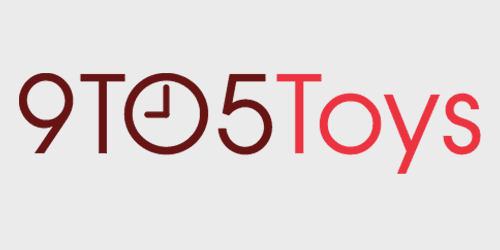
Editing Software:
Not to sound like a broken record here, but don’t spend hundreds on software if it’s going to cut in to your mic budget. When it comes to the best podcast gear, sometimes the free stuff is the way to go. That included copy of GarageBand on your Mac or iOS device will more than suffice for the extremely basic editing needs podcasting requires. You might want to consider jumping up to something more professional like Logic Pro X at some point, but something along the lines of GarageBand will work just fine to get you going and the price is right. Adobe Audition is another option I see floating around, but I have no personal experience with it and it costs $21 per month.
Always remember to keep it locked to our various 9to5Toys Guides as we tend to find great deals on many of the products listed in this breakdown on a fairly regular basis.
FTC: We use income earning auto affiliate links. More.



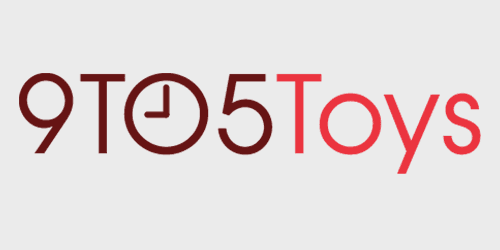
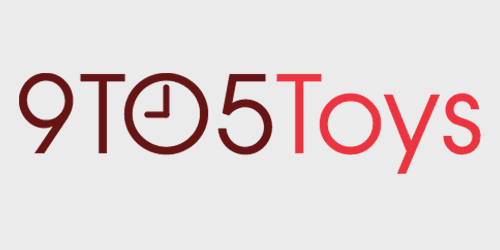
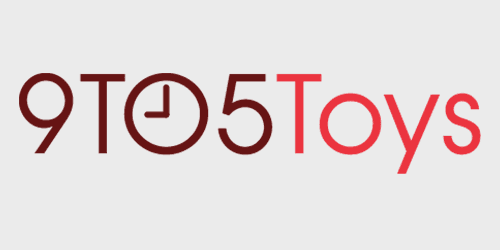







Comments